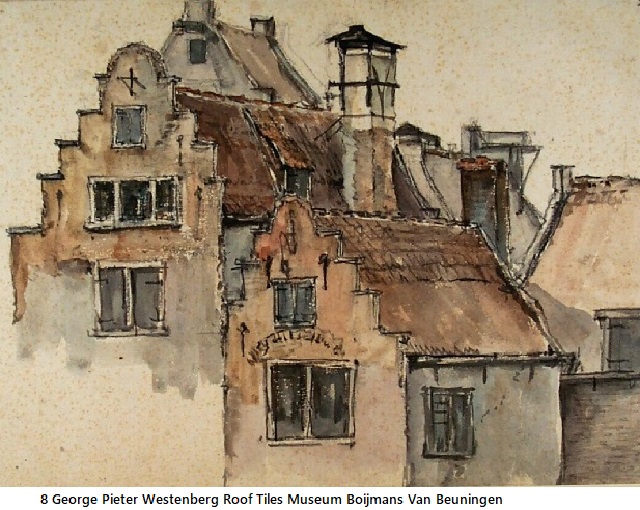Post -238
.SUNDAY Feature on ART of Architecture
.George Pieter Westenberg (1791-1873)
was a Dutch painter of natural landscapes and
urban views. He studied at the
Stadstekenacademie in Amsterdam, and also
attended the drawing academy in Amsterdam.
He was deeply inspired by the Dutch
landscape painters of the 17th C. Through his
Art teacher, Jan Hulswit, he developed a
keen interest in the art history. He was
acknowledged as an expert in the works of old
masters. Later he was also active in the art
trade. In 1838, he was appointed director of
the Museum of Modern Art in the Pavilion at
Haarlem.
He mainly painted in the Netherlands and
Germany. Initially his style was strongly
influenced by Romanticism, but gradually he
also moved towards realism. His finest works,
‘Grindstone market in Amsterdam’ (No-2 plate
here) and ‘Two women at a doorway’ (No-9
plate here), both show subtle modernism.
Landscape painting is accepted of mainly of Dutch origin. The Netherlands offers picturesque conditions due to atmospheric effects from the water-land combinations. The artists were comparatively free to practice their art away from the dependence on religious and royal patronage. The 19th C saw five landscape-painters who gave the Dutch Landscape art a unique identity. They are, Jacob van Strij, Dirk Jan van der Laen, Jan Kobell, Wouter Joannes van Troostwijk and George Pieter Westenberg.
.
















.JPG)





















































